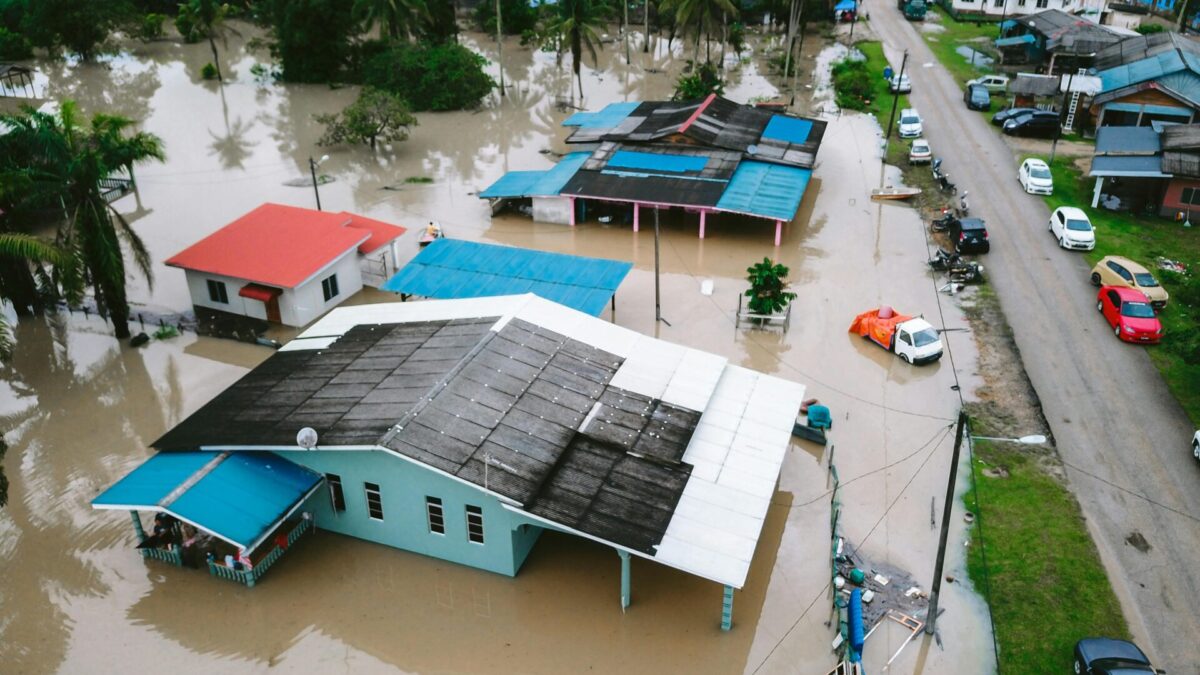Buying your first home is a major life milestone—but along with the excitement comes a whole new list of responsibilities, and one of the most overlooked is homeowners insurance. It’s easy to assume that once you’ve closed on your house, you’re fully protected. Unfortunately, many first-time homeowners make insurance mistakes that can cost them thousands down the road. Understanding what’s covered, what’s not, and how to avoid gaps in protection can make all the difference.
Mistake #1: Assuming the Cheapest Policy Is “Good Enough”
When budgets are tight, it’s tempting to pick the lowest-priced policy just to check the box. But cheaper doesn’t always mean better—especially when it comes to insurance. The least expensive policy may have limited coverage, higher deductibles, or exclusions that leave you vulnerable.
Instead of shopping only on price, compare what each policy actually covers. Pay attention to coverage limits for your dwelling, personal property, and liability. It’s worth spending a little more each month for peace of mind and protection that truly fits your needs.
Mistake #2: Not Understanding Replacement Cost vs. Actual Cash Value
This is one of the biggest points of confusion for new homeowners. A policy that covers your home or belongings at actual cash value (ACV) pays based on what those items are worth today, factoring in depreciation. That means if your roof is ten years old and gets damaged, the payout might not cover full replacement costs.
Replacement cost coverage (RCC), on the other hand, reimburses you for what it costs to replace or repair with new materials at current prices—no depreciation. It’s more expensive, but in the event of a major loss, it can save you from paying thousands out of pocket.
Mistake #3: Forgetting About Natural Disasters
Many first-time homeowners assume their policy covers everything, but most standard plans exclude natural disasters like floods, earthquakes, or hurricanes. If you live in an area prone to these events, you’ll need separate policies or riders for full protection.
Flood insurance, for example, is issued through the National Flood Insurance Program (NFIP) or private insurers. Even if you’re not in a designated flood zone, one heavy storm could lead to costly water damage not covered by your main policy.
Mistake #4: Underinsuring Personal Belongings
It’s easy to underestimate how much your stuff is worth until you have to replace it. Many first-time buyers simply accept the default personal property coverage amount suggested by their insurer, but that figure may fall short of what you actually own.
Do a quick inventory—furniture, electronics, clothing, appliances, jewelry—and estimate replacement value. You can even use home inventory apps to track it. For high-value items like engagement rings or collectibles, consider adding special riders for extra protection.
Mistake #5: Ignoring Liability Coverage
Homeowners insurance isn’t just about protecting your home—it’s also about protecting you. Liability coverage pays for medical bills or legal fees if someone gets injured on your property. Many people stick with the minimum, but increasing your limit from $100,000 to $300,000 or more is often just a few extra dollars a month.
If you plan to host gatherings, have a pool, or own pets, strong liability coverage is essential. It’s a simple upgrade that can protect you from major financial fallout if something unexpected happens.
Mistake #6: Not Updating Coverage as You Renovate
If you upgrade your home—adding a deck, finishing a basement, or installing a new kitchen—you need to update your policy. Improvements increase your home’s value, and your coverage should match that new worth. Failing to adjust could leave you underinsured if a loss occurs.
Call your insurer after any major change, even cosmetic ones. You may also get discounts for energy-efficient updates or safety features like smoke detectors and security systems.
Homeowners insurance isn’t the most exciting part of buying a house, but it’s one of the most important. The right coverage ensures that your investment—and everything inside it—is protected from the unexpected. By avoiding common mistakes like underinsuring, skipping disaster coverage, or choosing the cheapest policy, you’ll safeguard your financial future and your peace of mind.
Think of insurance not as an expense, but as a safety net that keeps your home—and your hard work—secure for years to come.
Unlock Full Article
Watch a quick video to get instant access.


Social Media